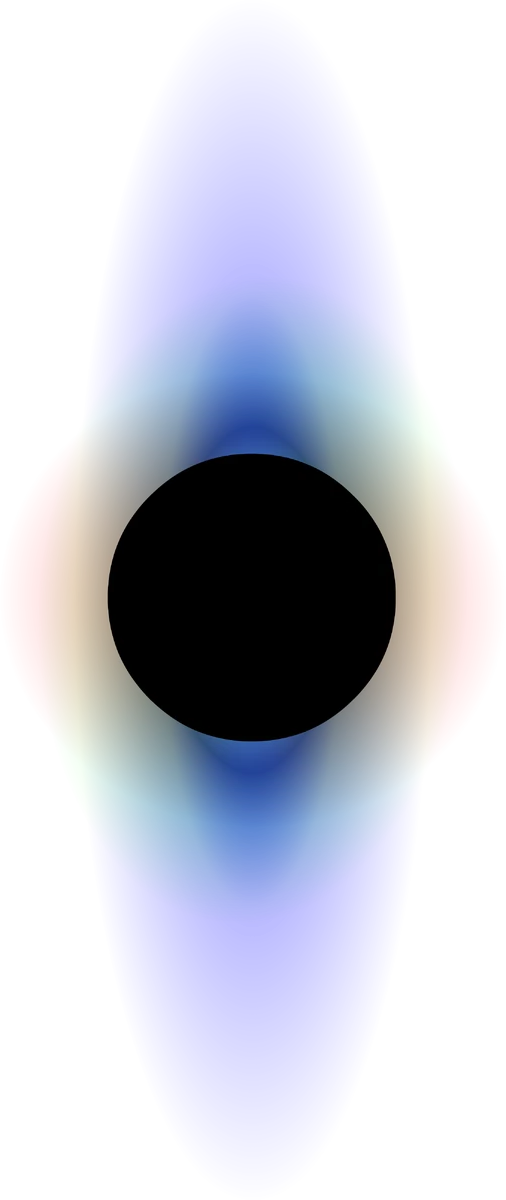Blurring the lines between fact and fiction, exploration and creation, with this installation work, architect and artist Chong Yan Chuah (b. 1992) opens the most personal space of that of an explorer, scientist and artist: his study. Specimens, drawings, notes, renderings, facts and figures, all documenting a 27-year-long journey into the unknown, are laid bare through 27 Years of Lazarian Delights. Amongst all of these sits a codex, a book, that holds key to all the knowledge acquired on Somnia XYZ-G. It is the name given to his finding: a trinary star system, orbiting in a figure-eight loop. Here is a project where art and science meet, and where one plays a double voice. Each choice brings a clearer vision of the world built by the “artist” as each day leads to a new discovery for the “explorer”.
“27 Years of Lazarian Delights” is a brief journey into an obsessive mind. From acid lakes to fiery planes, from suicide ceremonies to a cipher for a script, this explorer records it all with the precise eye of a scientist unwrapping the logic of a new system. In doing so, he takes the language of scientific knowledge and bends it to a world of fiction and speculation, reapplying these tools to fanciful and radical ends. The world the explorer captures is fantastical, but in its essence it is a project in seeing, pushing us Earthlings to reimagine life with eyes anew.”
I. World exploration
Stepping one foot at a time, from one whimsical environment to another, the explorer slowly unveiled each of the three planets, namely M1, M2, and M3. Starting from experiencing its different temperatures, down to studying the forms and textures of its multi-layered surface structures, orbital and rotational velocity, time zone, amongst many other factors of what makes Somnia XYZ-G. Each day never failed to surprise – the appearance of extra-terrestrial creatures on M2 being one of the things that fascinated him most. His biggest discovery however, was what he later described as the inter-convergence period, a time where all three planets would be aligned. A phenomenon that led him to discover the planets’ natives, the Incolé, creators behind the library of bells on M1, and inhabitants of the Luyong Poli settlement on M3. The latter is a planet best described by its contrasting temperatures, forcing the Incolé to move from one layer of the planet to another in search of the perfect heat, all by dissolving into the wave of light. A world that bends physics, and left him in awe with what other realities actually sit outside of ours.
Stepping one foot at a time, from one whimsical environment to another, the explorer slowly unveiled each of the three planets, namely M1, M2, and M3. Starting from experiencing its different temperatures, down to studying the forms and textures of its multi-layered surface structures, orbital and rotational velocity, time zone, amongst many other factors of what makes Somnia XYZ-G. Each day never failed to surprise – the appearance of extra-terrestrial creatures on M2 being one of the things that fascinated him most. His biggest discovery however, was what he later described as the inter-convergence period, a time where all three planets would be aligned. A phenomenon that led him to discover the planets’ natives, the Incolé, creators behind the library of bells on M1, and inhabitants of the Luyong Poli settlement on M3. The latter is a planet best described by its contrasting temperatures, forcing the Incolé to move from one layer of the planet to another in search of the perfect heat, all by dissolving into the wave of light. A world that bends physics, and left him in awe with what other realities actually sit outside of ours.
II. World-building
What came first in the world-building process rather than its scientific and visual attributes, was the language. More than a tool of communication, it is what shapes the identity of a place. Fascinated by the concept of an asemic language system, a wordless, open-semantic form of writing, the artist then developed his own. Each combination of lines and forms bears no logic, yet unfolds open ended meanings. This is parallel to the act of world-building, where facts serve merely as hints of what a place could be. The project goes back and forth between reality and imagination, as the artist applied concepts inspired by the fields of astronomy, physics and mathematics, and took a scientific approach of archiving and developing imagined data into a set of tables, maps, and 3D world. Apart from the break-down of observations and theories, one would find it fascinating to discover the world from a first-person point of view of the explorer, narrated through the video piece, or jotted down as personal anecdotes. The plot, inspired by Campbell’s The Hero’s Journey, follows the narratology of a protagonist who embarks into an adventure and returns transformed. An invitation to unravel – taking life more than just is.
What came first in the world-building process rather than its scientific and visual attributes, was the language. More than a tool of communication, it is what shapes the identity of a place. Fascinated by the concept of an asemic language system, a wordless, open-semantic form of writing, the artist then developed his own. Each combination of lines and forms bears no logic, yet unfolds open ended meanings. This is parallel to the act of world-building, where facts serve merely as hints of what a place could be. The project goes back and forth between reality and imagination, as the artist applied concepts inspired by the fields of astronomy, physics and mathematics, and took a scientific approach of archiving and developing imagined data into a set of tables, maps, and 3D world. Apart from the break-down of observations and theories, one would find it fascinating to discover the world from a first-person point of view of the explorer, narrated through the video piece, or jotted down as personal anecdotes. The plot, inspired by Campbell’s The Hero’s Journey, follows the narratology of a protagonist who embarks into an adventure and returns transformed. An invitation to unravel – taking life more than just is.





